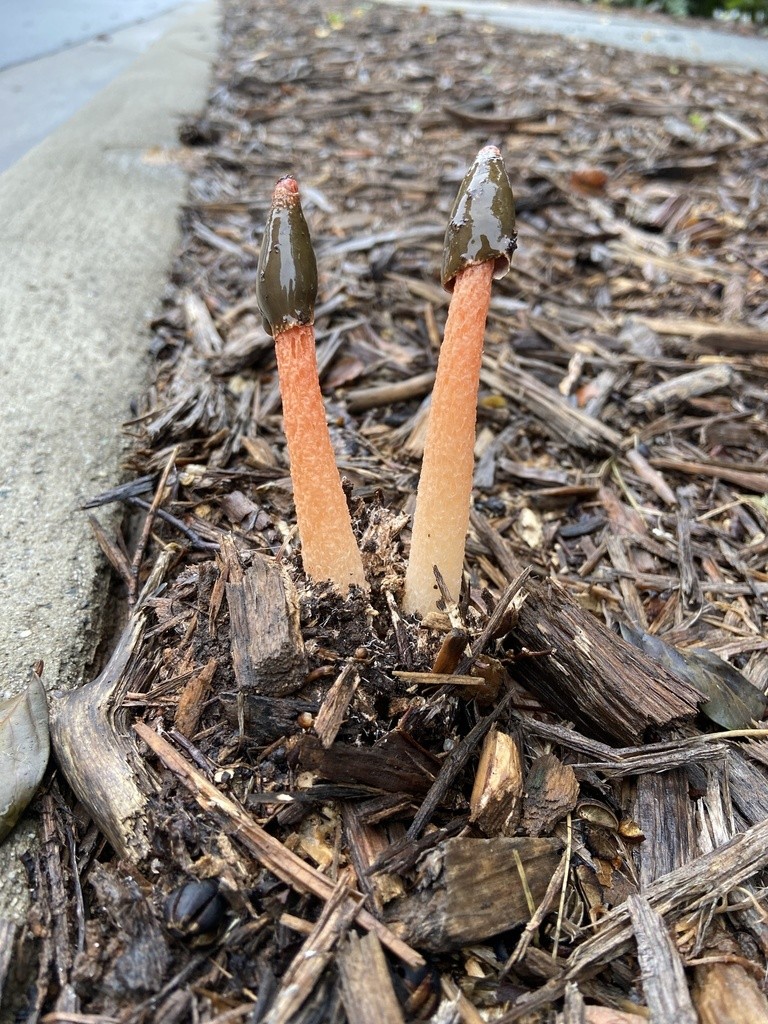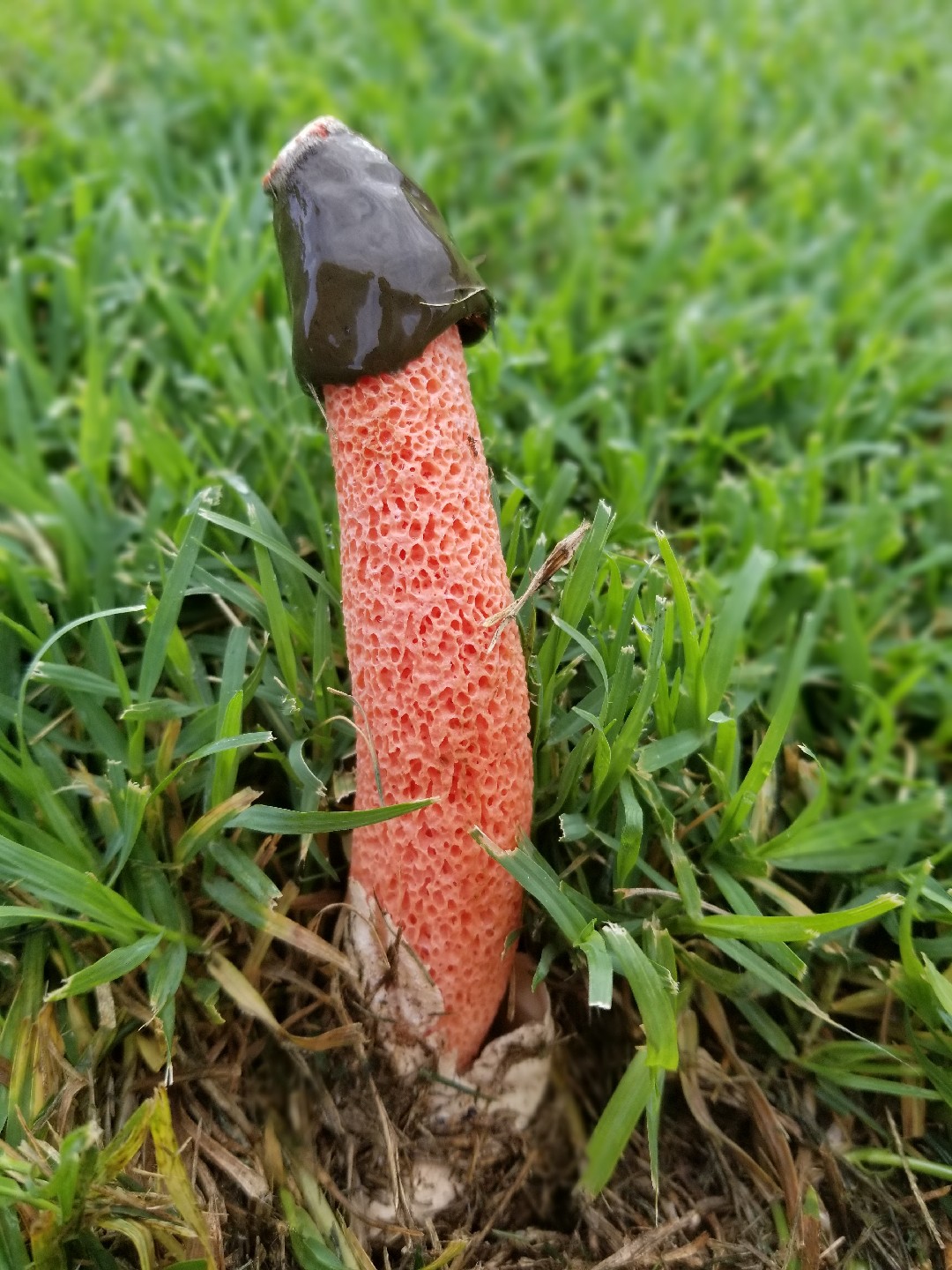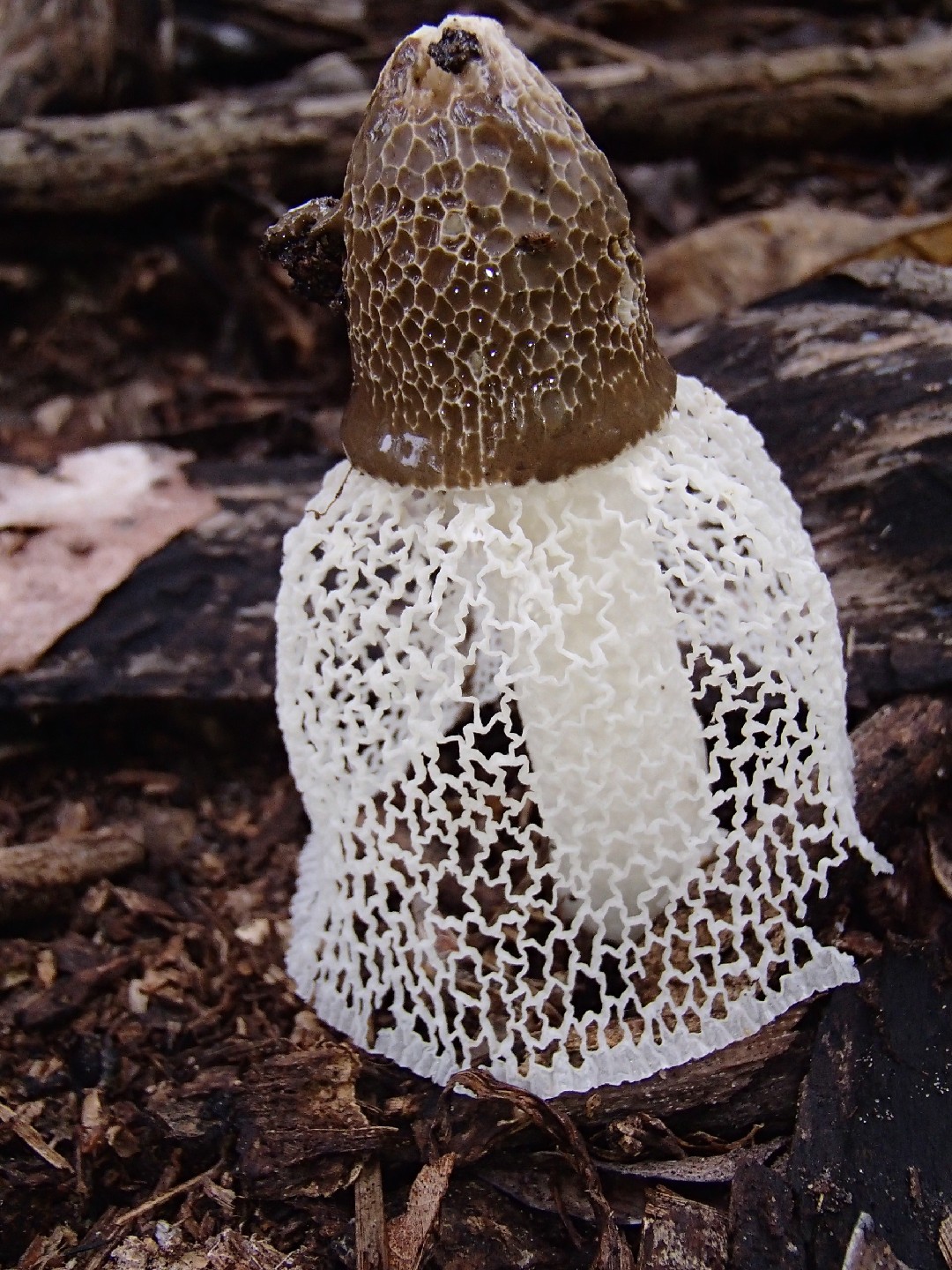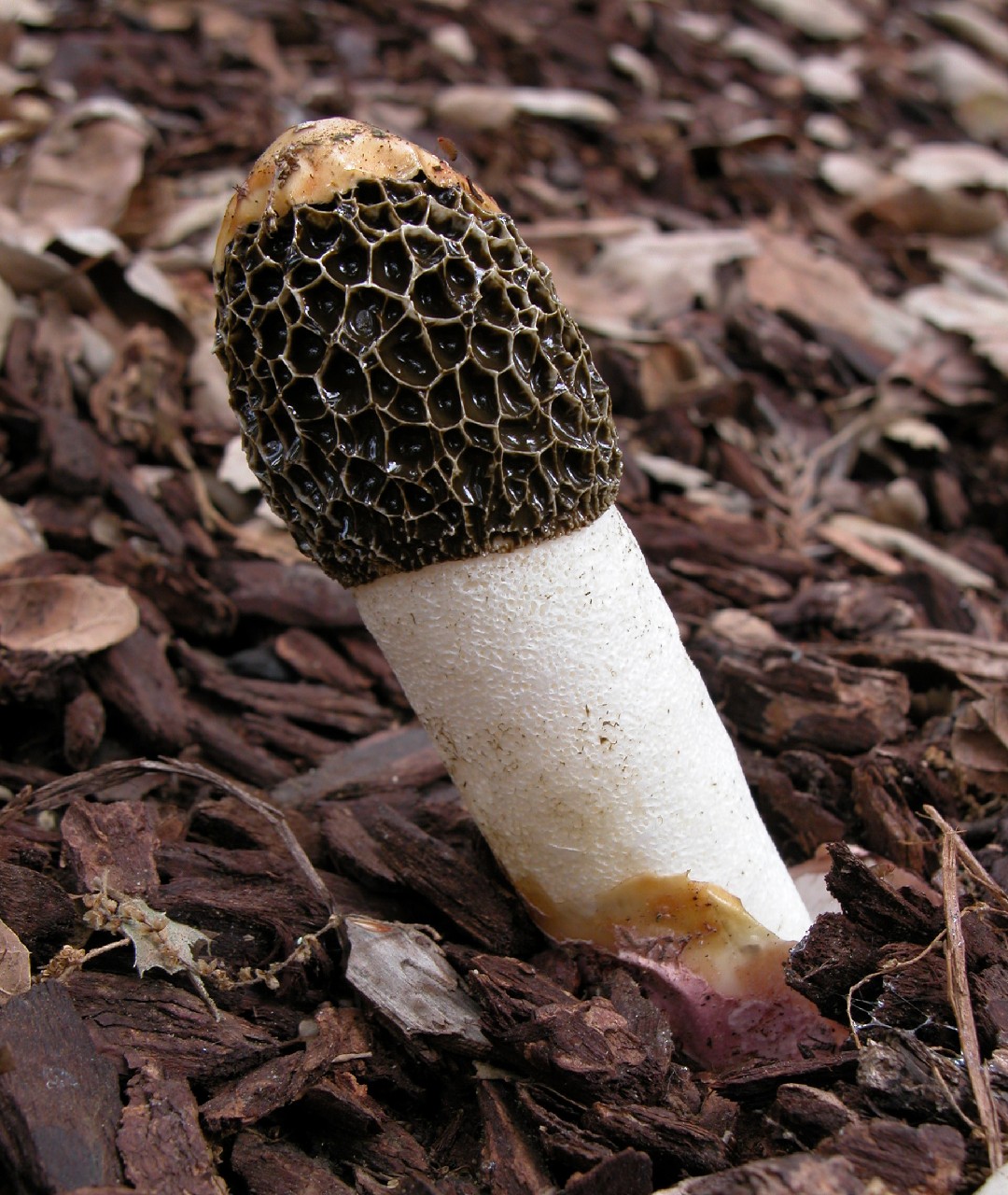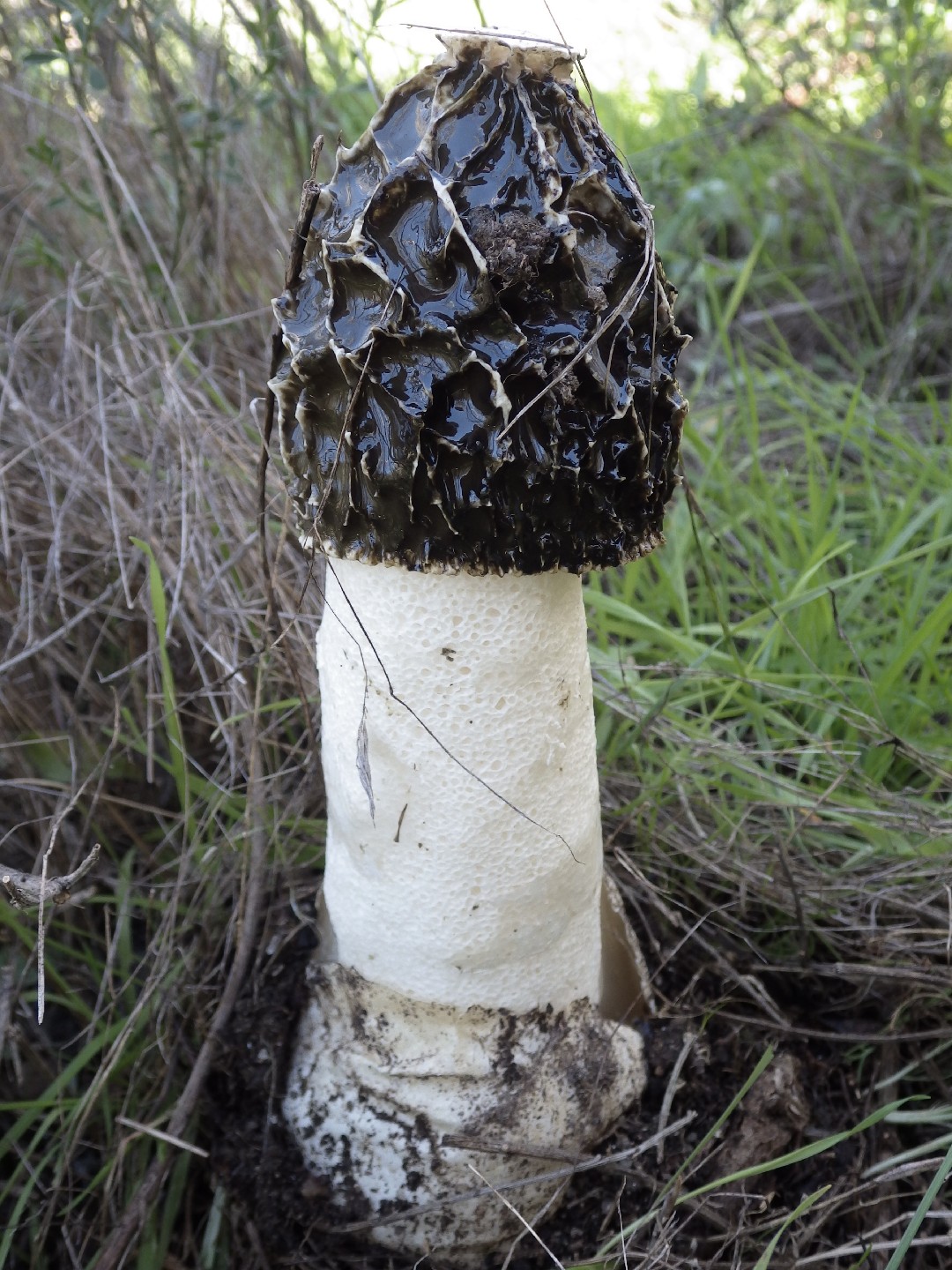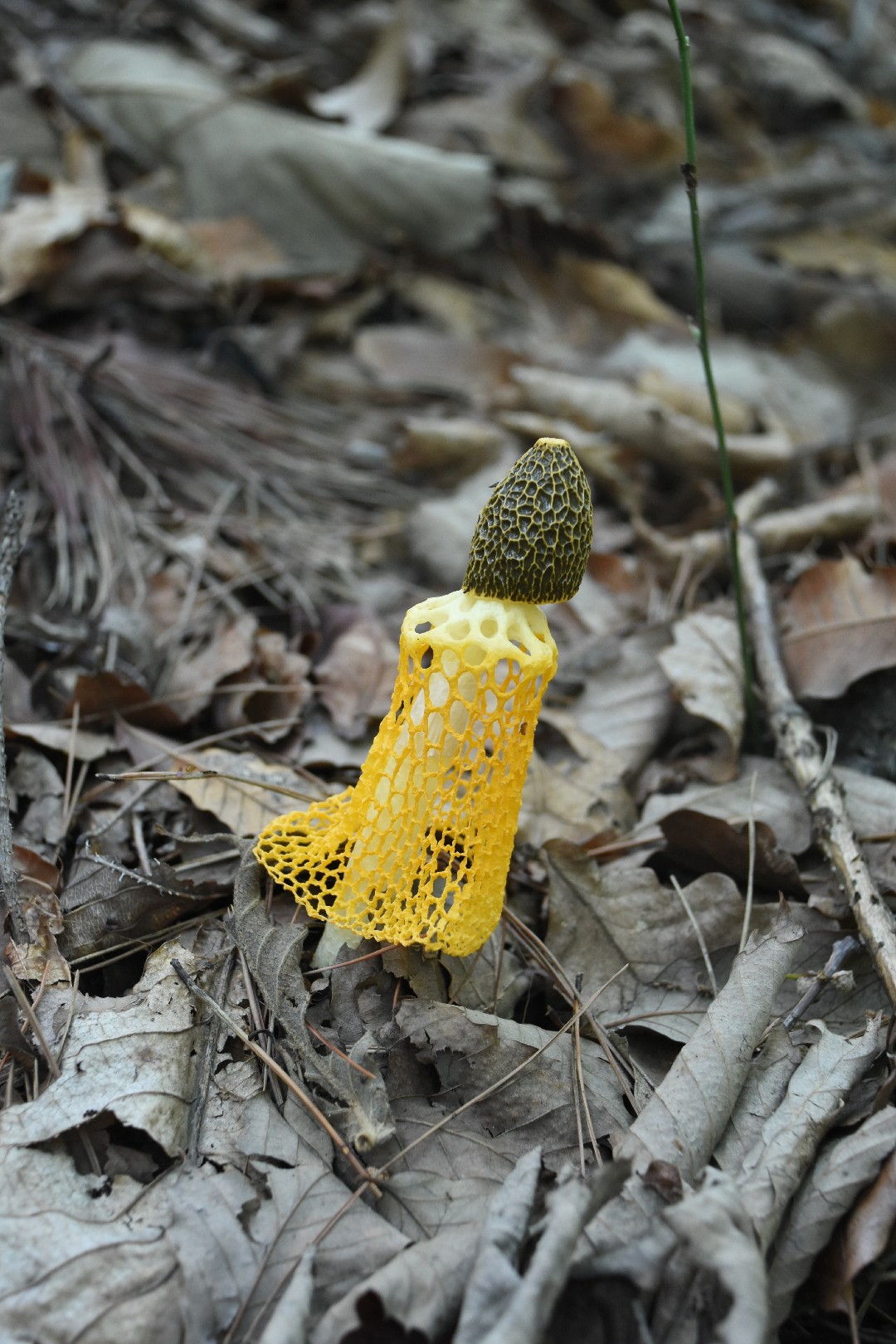Stinkhorns
Scientific name: Phallus
Stinkhorns
Scientific name: Phallus
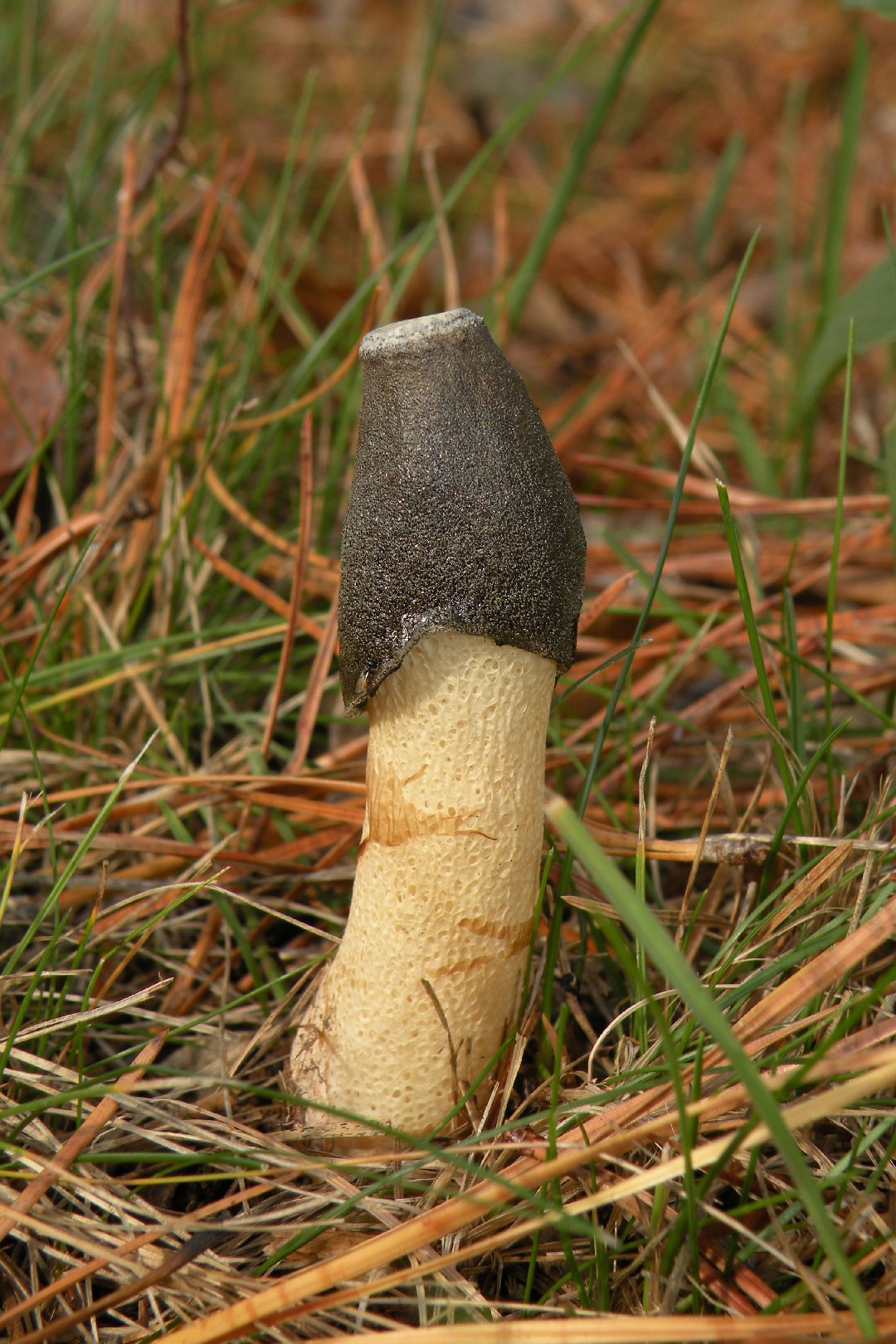 Photo By Doug McGrady , used under CC-BY-2.0 /Cropped and compressed from original
Photo By Doug McGrady , used under CC-BY-2.0 /Cropped and compressed from original Description
Stinkhorns are remarkable fungi famous for their unusual shape and powerful odor, which resembles that of decaying organic matter. This scent attracts flies and other insects that help disperse their spores. Found in a variety of habitats, they often emerge from underground structures called eggs. Some species of stinkhorns can grow extraordinarily fast, appearing almost overnight.
Species of Stinkhorns
Scientific Classification
Phylum
Club fungi Class
Mushroom-forming fungi Order
Stinkhorn allies Family
Stinkhorn mushrooms Genus
Stinkhorns 